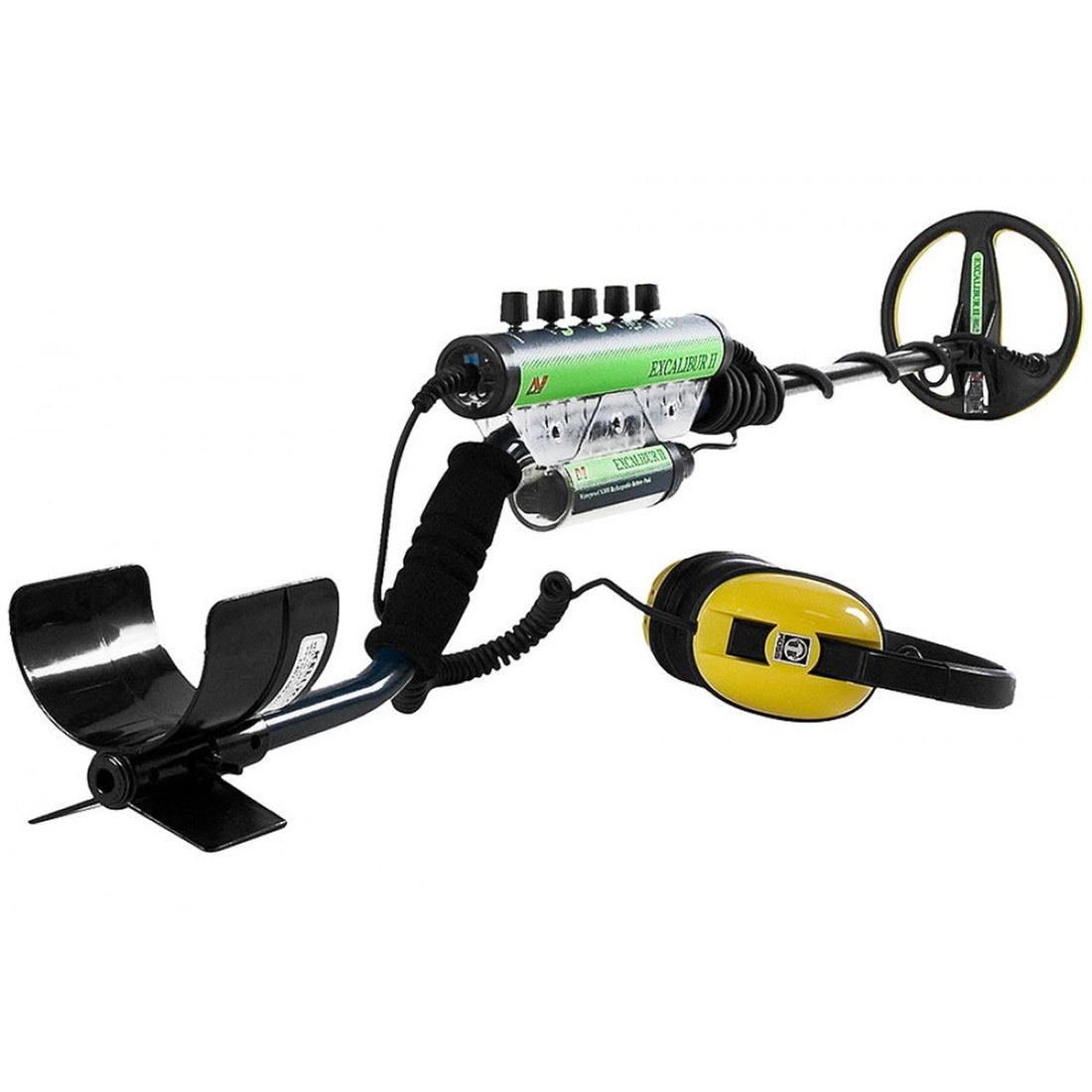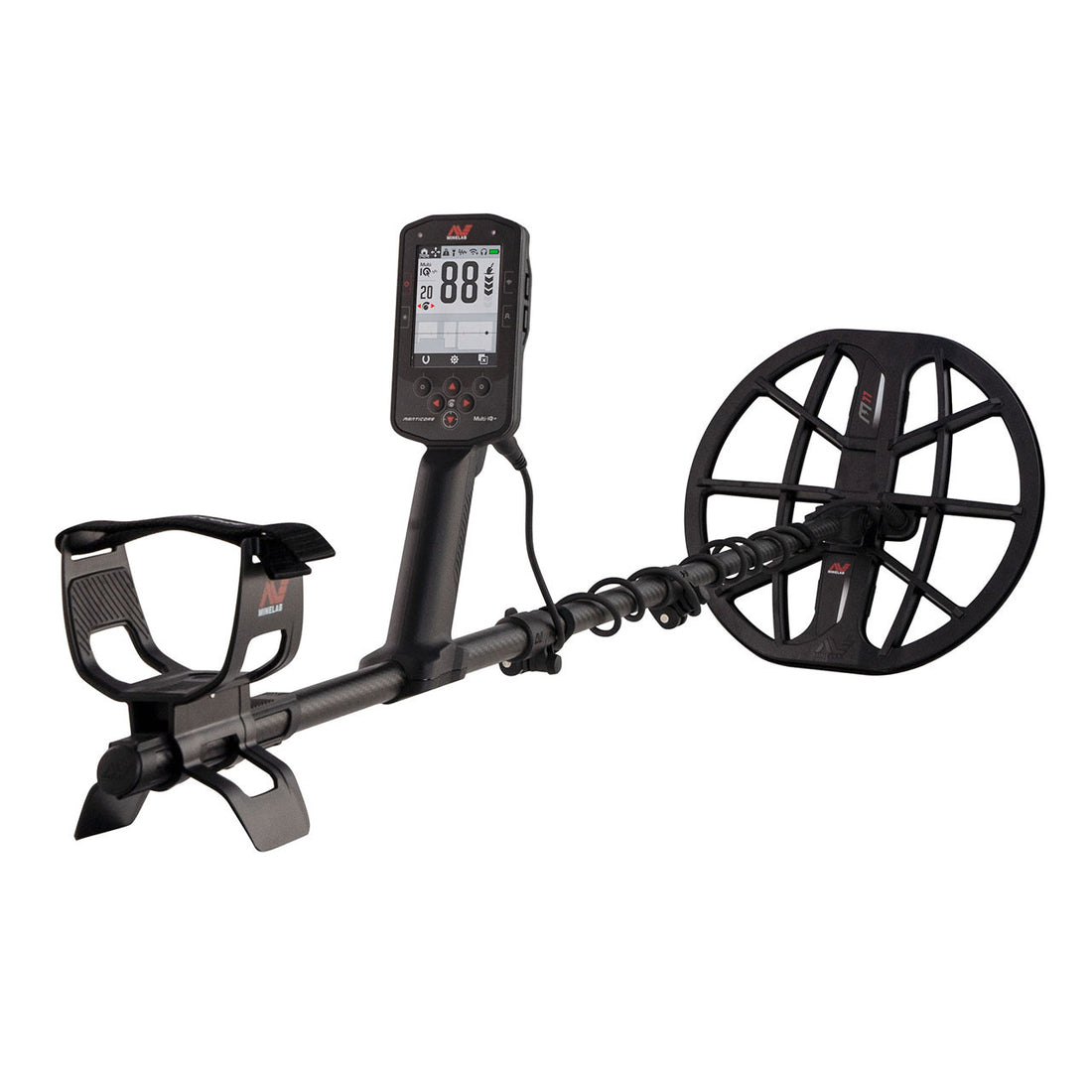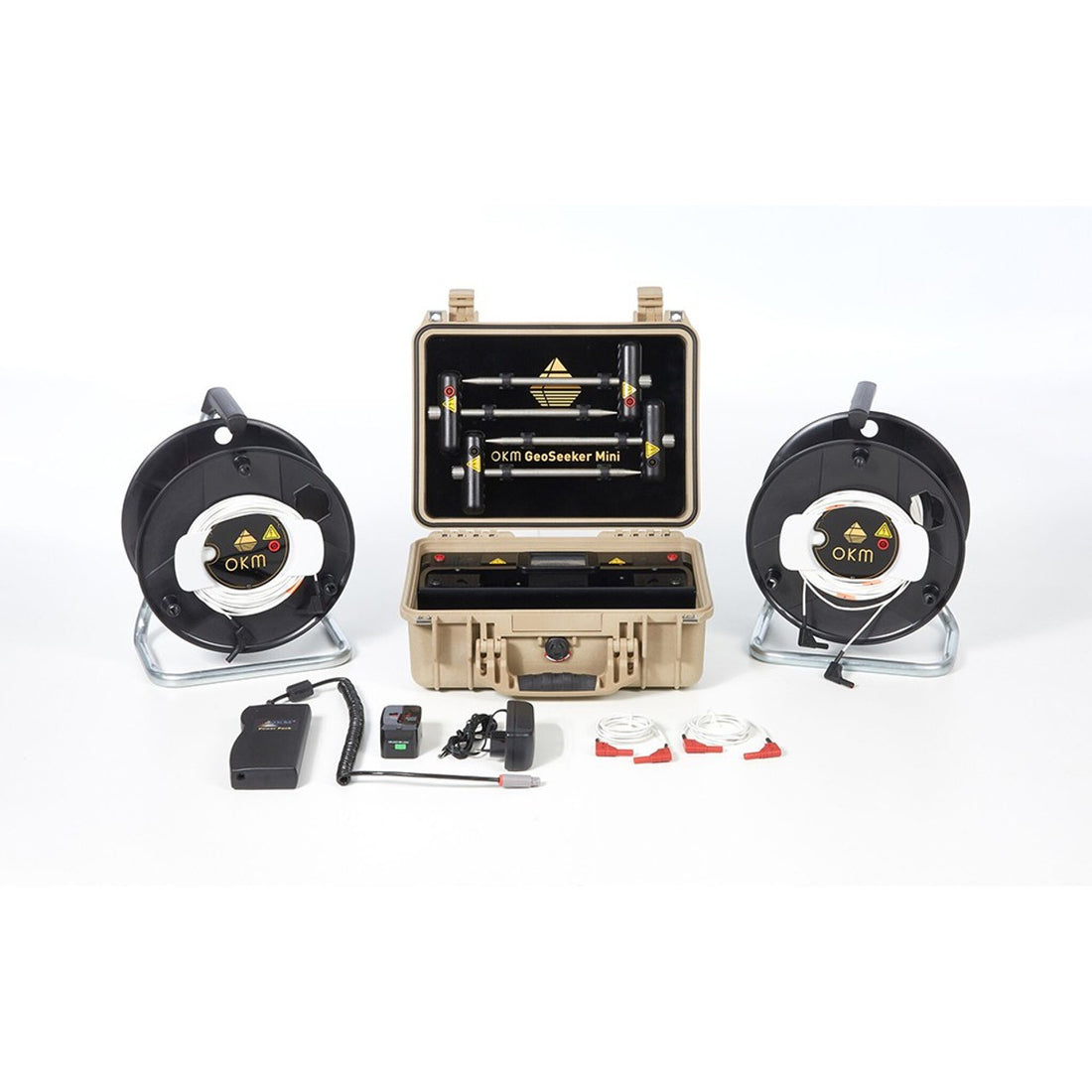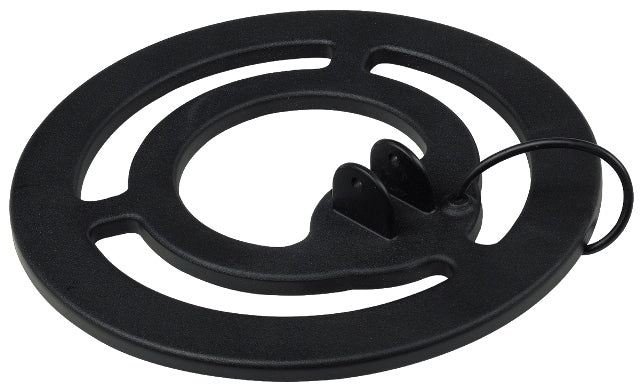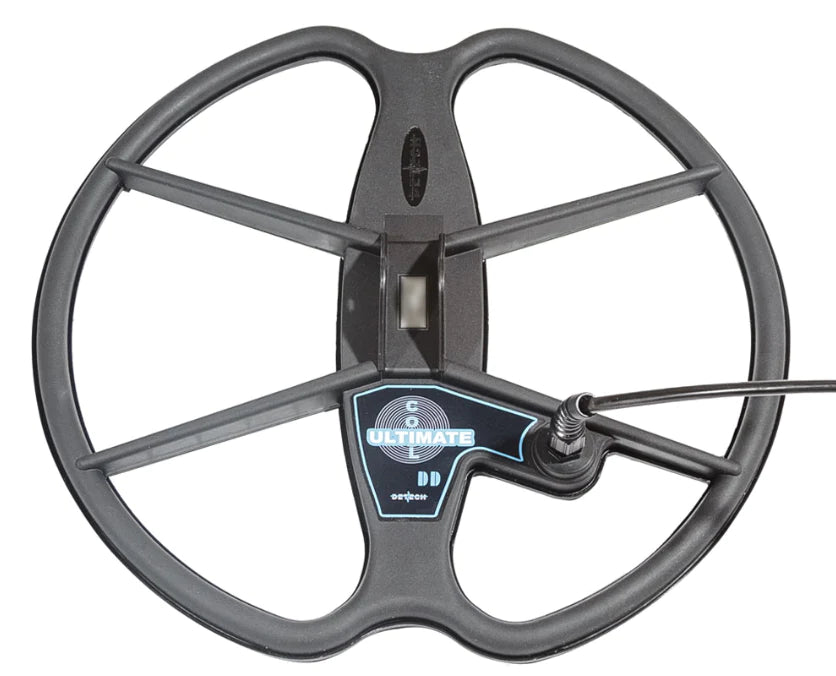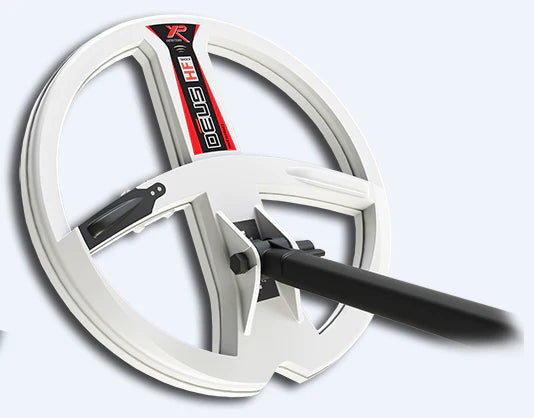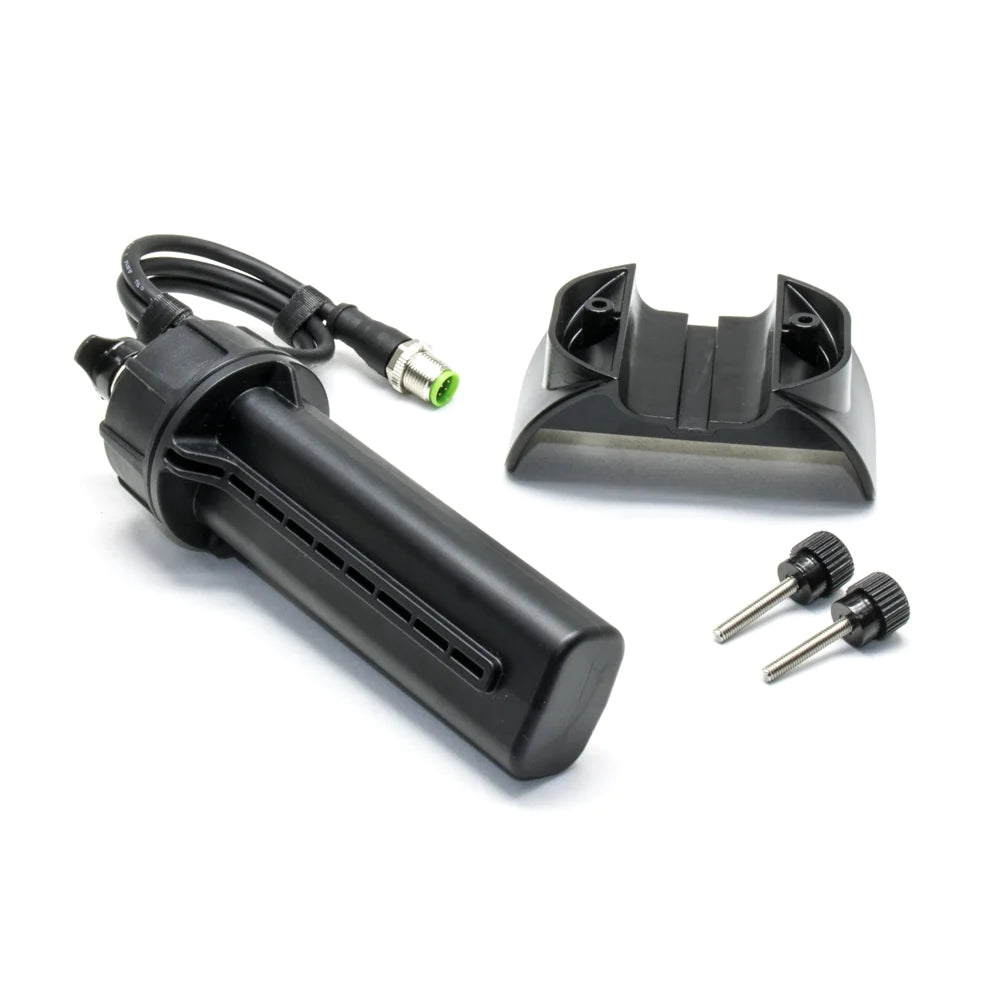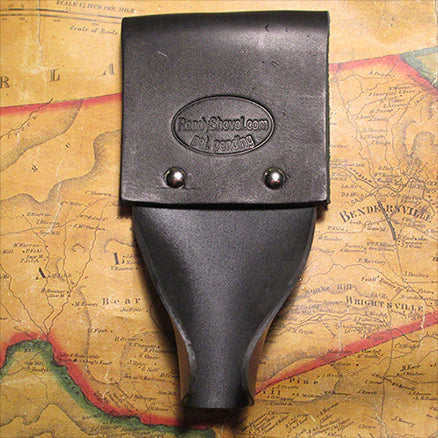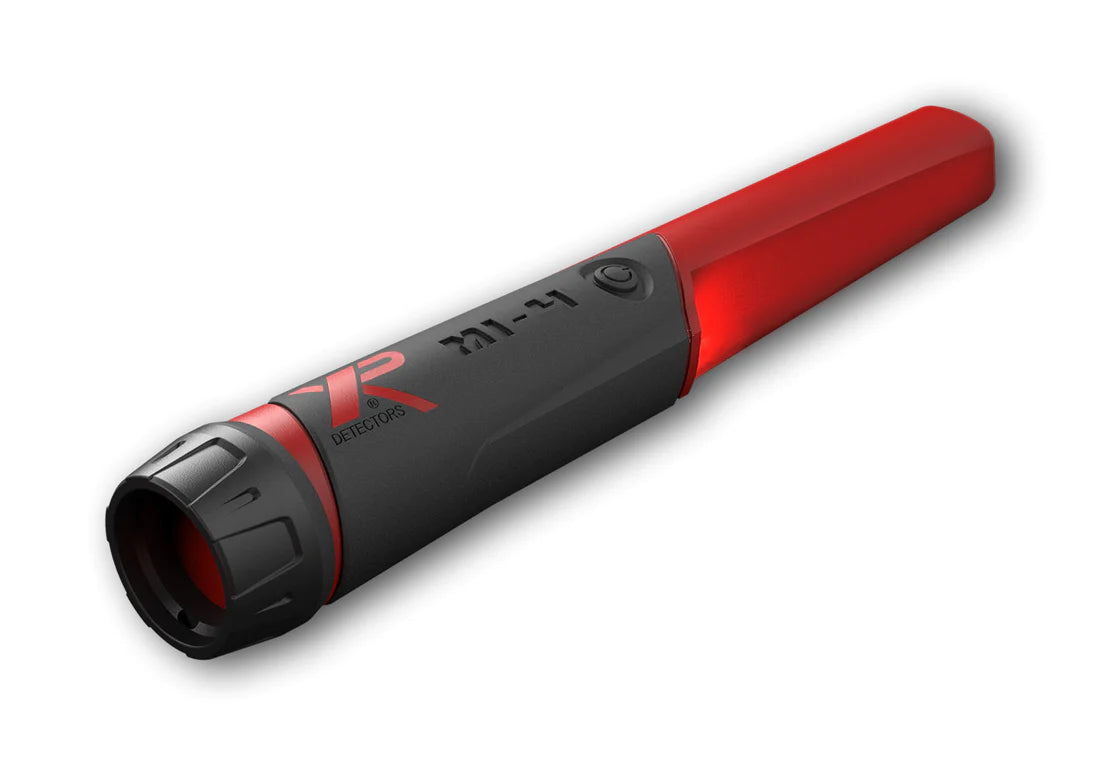Underwater Treasure Hunting Using Remote Operated Vehicles (ROV)
Underwater Treasure Hunting Using Remote Operated Vehicles (ROV)
By Michael Bernzweig
In the news, we hear of famous shipwrecks and the heroic stories of their underwater recoveries. Mel Fisher and his crew discovered the Atocha. This ship went down in the year 1622, just off the coast of Key West, Florida. The treasures that were located with underwater metal detectors included silver cobs, gold bars, emeralds, and other jewelry. Another famous treasure recovery was the discovery of La Capitana Jesus Maria off the coast of Ecuador. The recoveries of gold, silver, and other precious jewels from this wreck have been estimated at over 3 Billion Dollars. Technology advancements have enabled divers to unearth discoveries like these by using an entirely new range of underwater search and recovery tools. In this article, we will cover remotely operated metal detectors, remotely operated vehicles (ROV), underwater light systems, and underwater camera & video systems. We will discuss the applications of these devices and the points to consider in selecting the best equipment for your expedition.
When diving for treasure, some exploration is best done remotely. Extreme depth and pressure make it more feasible to use unmanned inspection devices to conduct the initial exploration. In this case, a remotely operated vehicle is a great solution. These devices can be operated from the surface and guided at great depths. These underwater amphibious vehicles are powered by jet propulsion to thrust the vehicles both forward and reverse as well as vertically and laterally. These units can be equipped with a wide variety of options. Some of the most popular options include manipulator arms, high resolution cameras, color viewing monitors, additional cables, and connectors.
Underwater Treasure Hunting Equipment
Underwater metal detectors are devices that are used to locate metal objects underwater. They work by detecting the magnetic field generated by metals. Metal detectors can be used to find things, including coins, gold, precious metals, jewelry, and lost objects.
There are many different types of underwater metal detectors on the market. Some models are designed for use in salt water, while others are made for use in freshwater. Some detectors are waterproof and meant for use in shallow water, and others are fully submersible.
Underwater metal detecting can be a great way to find lost objects and treasures. You can start underwater hunting and metal detection in many areas, such as current and former swimming holes and if you are scuba, try shipwreck diving. If you are interested in this hobby, then you will need to purchase an underwater metal detector. Remember that the best metal detector for a treasure hunt on the coast or in New Zealand may not be the same unit needed for a freshwater lake in North Carolina. When choosing an underwater metal detector, there are several things to consider.
Gear for Underwater Treasure Hunting
While there are many ways to find sunken treasure, one of the most popular is scuba diving. Scuba diving allows you to explore shipwrecks and other underwater sites in a relatively safe manner. To scuba dive, you will need to have the proper scuba gear. This includes a wetsuit, mask, fins, and snorkel. You will also need to have a diving tank and regulator. If you do not have your own gear, you can usually rent it from a dive shop.
Waterproof headphones are also an important piece of gear for underwater treasure hunting. These headphones will allow you to hear the signal from your metal detector, even when you are submerged in water.
Another essential piece of gear for underwater treasure hunting is a lift bag. A lift bag is used to bring objects to the surface that are too heavy to carry on their own. Lift bags are filled with air and attached to the object. Once the object is brought to the surface, the lift bag can be emptied and reused.
Because treasure hunting presents a real problem for the preservation of cultural heritage, The UNESCO Convention for the Protection of the Underwater Cultural Heritage was written to protect shipwrecks and other sites. The treaty was designed to stop the looting of these sites by commercial interests and to preserve them for future generations.
The Best Underwater Metal Detector
Jake Koehler is an underwater metal detectorist and scuba diver that became popular on YouTube for searching for buried treasure. Jake, Leigh Webber, who is known as the Bondi Treasure Hunter, and other metal detectorists use their detectors to find lost objects, coins, and other valuables.
While there are many different types and models of waterproof metal detectors and underwater detectors on the market, the best one for you will depend on your specific needs and budget. Some of the best brands and models of metal detectors for waterproof and underwater treasure hunting include:
- Fisher CZ-21, a Fisher Metal Detector
- Garrett Sea Hunter Mark II, a Garrett Metal Detector
- XP Deus 2, an XP Metal Detector
- Nokta Makro The Legend, a Nokta Makro Metal Detector
Treasure hunters will need an array of features on their water metal detectors to help them find the right spot, and many of these features are only found on high-end models. Some of the features you may want to look for include:
- Depth readout - This feature lets you know how deep the object that you've found is, so you can determine if it's worth digging for.
- Ground balance - This feature helps the detector compensate for different soil types so that you can get accurate readings even in places with high mineral content.
- Waterproof coils - Some models come with waterproof coils, which means you can use them in shallow water without damage.
- Submersible models - If you want to use your detector in deep water, then you will need a submersible model. These detectors are designed to be used at depths of up to 200 feet.
Metal Detecting Tip - While deep sea divers will use a pulse induction metal detector underwater. A pulse detector may be also used on land while relic hunting in search of any deep metal object.
Remote Operated Vehicles (ROV):
Once you have guided your remotely operated vehicle to the location of a wreck or object to be located, you will want to attach a remotely operated metal detector. These devices can sense the location of buried targets and transmit the findings back to the operator. The JW Fishers RMD-1 is a unique metal detector that can be attached and used with the JW Fishers Sea Lion, the JW Fishers Sea Otter and other ROV's. Remote operated metal detectors are commonly used by commercial divers, law enforcement, military, salvage divers, and treasure hunters. They are useful in discovering ships, anchors, cannons, pipes, cables and other metallic buried objects.
Remote Operated Metal Detectors:
Treasure hunting underwater sites at great depths is not possible without underwater illumination. When selecting your underwater lighting, you will need to decide the scope of your needs. You can choose from hand held lighting devices or devices that will illuminate a larger area.
Underwater Light Systems:
Utilizing an underwater camera & video equipment will allow you to see and properly record and document your findings. These devices come in a variety of formats. For recording and viewing smaller areas, you should select a handheld device. If you are scanning larger areas, you should consider either a dropped or boat towed camera system. This will allow you to document vast areas with greater ease.
Underwater Camera & Video Systems:
- JW Fishers DHC-2 Diver Held Camera
- JW Fishers MC-1 Mini Underwater Camera
- JW Fishers DV-2 Surface Dropped Underwater Video Camera System
- JW Fishers TOV-2 Towed Video System
Choosing the best underwater equipment is an important first step in any underwater exploration project. Remotely operated vehicles are an invaluable tool to assist your team in unlocking the mysteries of deep sea exploration. If you need help choosing the best equipment for your project, touch base with our experienced product specialists. They are here to help you choose the best equipment for your needs. We wish you the best of success with your marine recovery operation.
Copyright 2011 Detector Electronics Corp. - Revised September 2022

